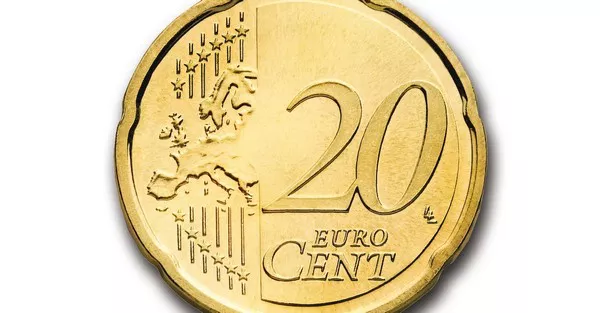The euro has been experiencing a period of weakness against other major currencies, particularly the US dollar. Since early 2020, the euro has fallen from highs of $1.15 to lows of $1.05, representing a 9% decrease in its value. This decline has raised concerns among investors and policymakers about the economic stability of the European Union (EU). In this article, we will explore some of the key factors that have contributed to the euro’s weakness.
1. Economic Recovery
One of the main factors behind the euro’s weakness is the slow pace of economic recovery in the EU. The COVID-19 pandemic hit Europe hard, causing widespread lockdowns and disruptions to businesses. As a result, the EU economy contracted by 6.6% in 2020, compared to a contraction of 3.5% in the US. Furthermore, the vaccination rollout in the EU has been slower than in other regions, which has hampered the reopening of economies. Investors are concerned that the slow economic recovery will lead to lower interest rates in the EU, making the euro less attractive to investors seeking higher returns.
2. Political Uncertainty
Another factor contributing to the euro’s weakness is political uncertainty in the EU. Brexit has created a sense of unease among investors, as it has raised questions about the future of the EU. The rise of populist movements in several EU countries has also caused concern, as these movements challenge the principles of unity and cooperation that underpin the EU. Moreover, the EU faces the challenge of reconciling the competing interests of member states, particularly in the wake of the COVID-19 pandemic, which has put a strain on the bloc’s resources. These factors have led investors to question the long-term stability of the EU, which has undermined confidence in the euro.
3. Monetary Policy
Monetary policy is another important factor that affects the value of the euro. The European Central Bank (ECB) has implemented an accommodative monetary policy in recent years, with low interest rates and quantitative easing programs aimed at stimulating economic growth. However, this policy has also contributed to the euro’s weakness, as it has led to lower returns for investors. In addition, the ECB’s policy of negative interest rates has made it more expensive for banks to hold euros, which has led some banks to reduce their exposure to the currency.
4. Trade Imbalances
Trade imbalances between the EU and its trading partners have also contributed to the euro’s weakness. The EU runs a significant trade surplus with the rest of the world, particularly with the US. This means that the EU exports more goods and services than it imports, leading to a net outflow of euros from the region. Furthermore, the US has implemented protectionist measures, such as tariffs on steel and aluminum imports, which have hurt European exporters. These factors have put downward pressure on the euro, as investors worry about the impact of trade imbalances on the EU economy.
5. Structural Issues
Finally, there are some structural issues within the EU that have contributed to the euro’s weakness. For example, the EU lacks a common fiscal policy and relies on individual member states to manage their own budgets. This has created disparities in the level of debt and fiscal discipline among member states, which has undermined confidence in the euro. In addition, the EU faces demographic challenges, with an aging population and declining birth rates. This could lead to lower economic growth and productivity in the future, further weakening the euro.
Conclusion
In conclusion, the euro’s weakness can be attributed to a range of factors, including slow economic recovery, political uncertainty, accommodative monetary policy, trade imbalances, and structural issues within the EU. Addressing these factors will require coordinated action from policymakers at both the national and EU levels. In the short term, the ECB may need to adjust its monetary policy to address concerns about lower interest rates and negative rates. In the longer term, the EU will need to address structural issues such as fiscal discipline and demographic challenges to ensure the long-term stability of the euro. Investors will be closely watching developments in the EU to gauge the outlook for the euro and the wider European economy.


